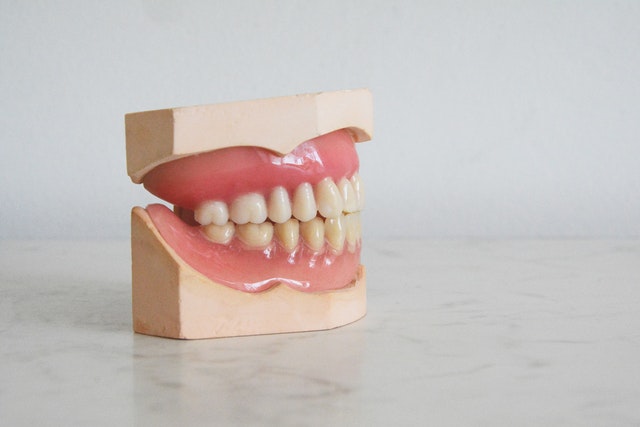
Partial Denture Problems You May Have and Why
While dental dentures are a great way to improve your smile and make eating and speaking easier, they’re not without their problems. Here are some of the most common problems people with dental dentures experience and some possible solutions.
One of the most common problems is that dentures can slip and move around in your mouth, making it difficult to eat and speak. This can be caused by a number of things, including not having them properly fitted or not cleaning them properly. If you’re having trouble with your dentures slipping, you should see your dentist make sure they fit correctly. You can also try using dental adhesive or cream to help keep them in place.
Another common problem is that dental dentures can cause pain and irritation in your gums. This is usually because they’re pressing on your gums or because you have an allergy to the material they’re made out of. If you’re experiencing pain or irritation, you should see your dentist so they can make any necessary adjustments. You can also try using a dental wax or gel to help protect your gums from the dentures.
It can also sore your gums. This is one partial denture problem solved with a visit to your denturist or dentist for a simple adjustment. If the part is causing a sore spot on your tissue, it is likely not fitting flush against all of the tissue surface areas uniformly. This causes an area of pressure that can be easily remedied with an adjustment.
Dental dentures can also cause bad breath. This is because food particles can get caught under the dentures and start to rot, causing an unpleasant smell. To help prevent this, you should brush your dentures regularly and avoid eating foods that are difficult to chew. You should also see your dentist regularly so they can check for any food particles that may be caught under the dentures.
If you’re experiencing any problems with your dental dentures, you should see your dentist so they can help find a solution. With proper care, dental dentures can be a great way to improve your smile and make eating and speaking easier.
Depending on the type of partial, the dental professional has special instruments made exclusively for tightening clasps. Once all of the clasps engage correctly with their respective tooth, the partial will fit securely.
A word of caution: Although dental pliers may look similar to something in your toolbox at home, never attempt to adjust the clasps yourself. If you break the clasp, it may not be able to be fixed. You may end up spending money on a new partial.
Partials are natural crumb-catchers. Small particles such as poppy seeds from buns, blueberry seeds, and the like will migrate under a partial, causing you to make a trip to the bathroom to wash the partial. But if a significant amount of food gets under your partial at every meal, something is wrong.
Neglecting to Properly Care for Remaining Natural Teeth
One common partial denture problem is not really a partial denture problem at all. It is not uncommon for patients to think they have solved their dental issues when they get a partial. They often forget to care for the remaining natural teeth in their mouth with proper brushing, flossing, and regularly scheduled dental check-ups.
Because the partial denture covers teeth and gums, it is even more important to be vigilant about proper oral care. For the partial to function correctly, it must be supported by sound, disease-free teeth.
